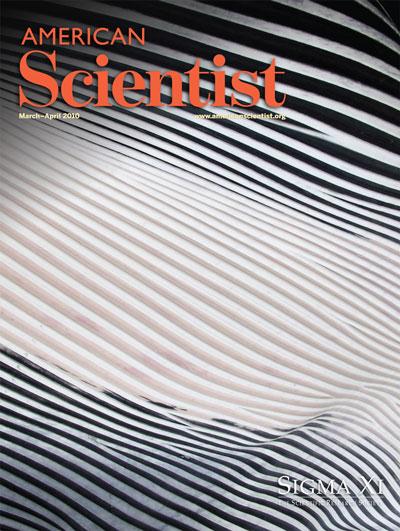Computing Science


The accordionlike blubber on a fin whale's underside extends from mouth to bellybutton. The structure, found only in the family of baleen whales called rorquals, is made from firm ridges connected by deep furrows of delicate elastic tissue, and can stretch to more than twice its original length. Thus the whale's oral cavity can expand to enormous size and hold many tens of tonnes of water and krill; the whale then filters out the water with its baleen while retaining its tiny shrimplike prey. Exactly how rorquals engulf such quantities of water has long been obscured by ocean depths, but as Jeremy A. Goldbogen recounts in "The Ultimate Mouthful: Lunge Feeding in Rorqual Whales," electronic devices are aiding researchers in understanding the complex biomechanics behind how these enormous animals eat. (Image courtesy of Nick Pyenson)
The coevolution of algorithms and hardware is bringing us closer to interactive computer graphics indistinguishable from reality
Rather than acting in isolation, biology and culture have interacted to develop the diet we have today
How interest in one patient's suffering and confidence in the physical basis of mental illness led a German doctor to discover the devastating disorder
Click "American Scientist" to access home page